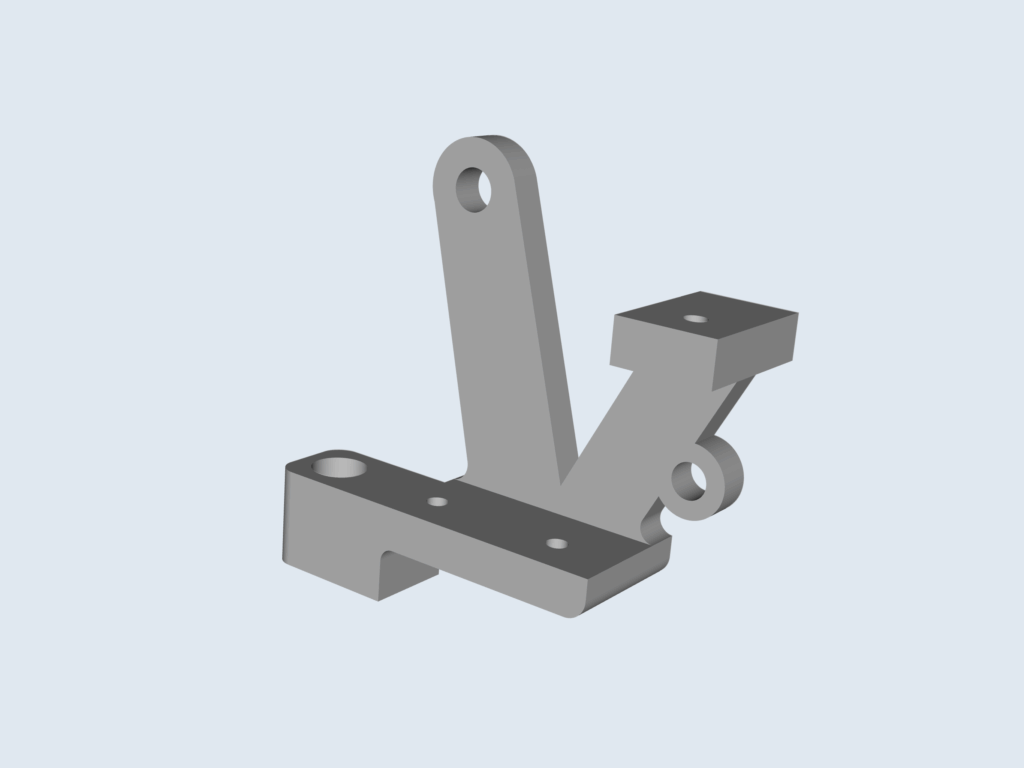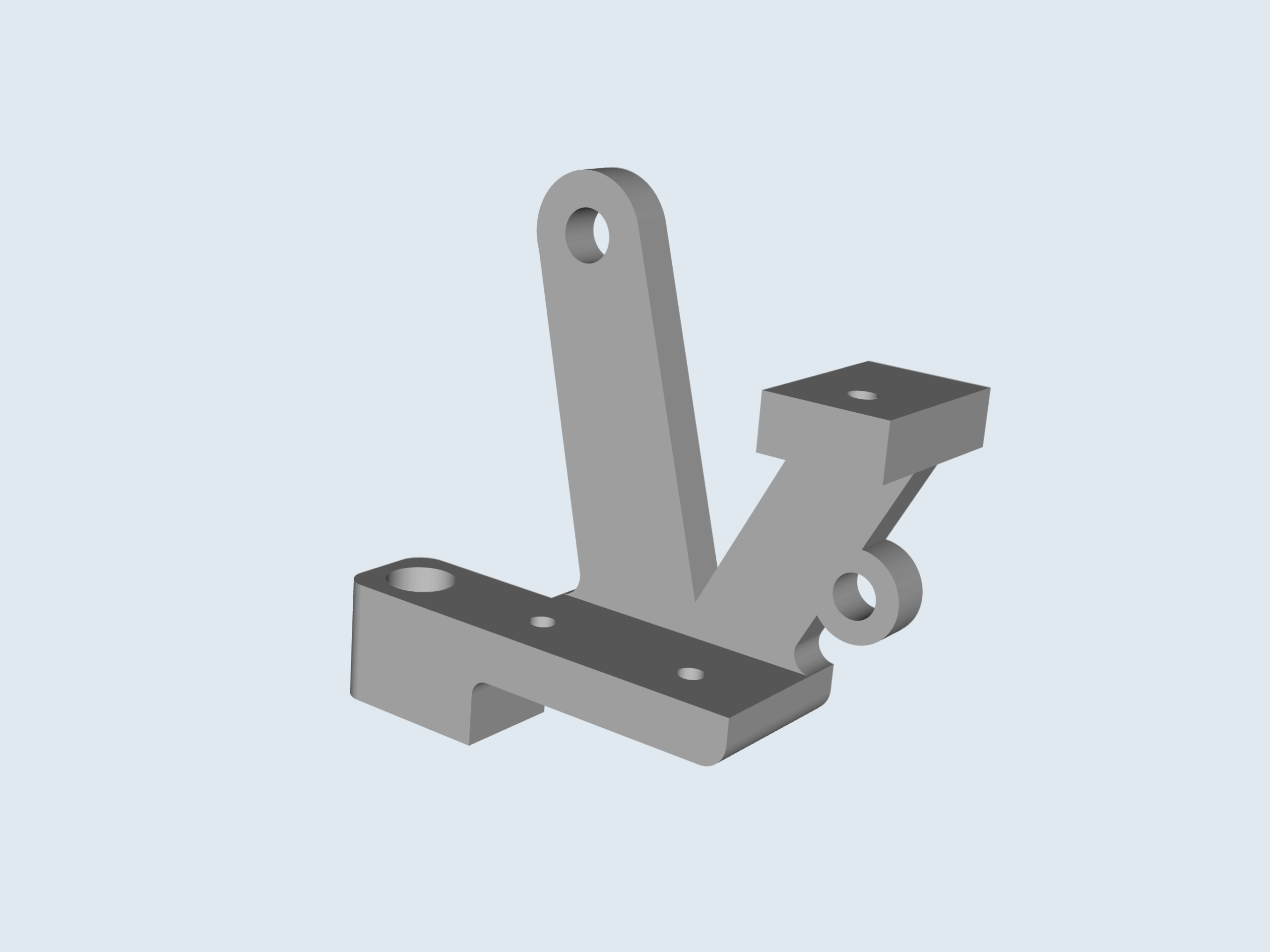
Decoding Tattoo Machine Frame Design: A Comprehensive Guide
The unsung hero of every captivating tattoo is often the tattoo machine itself. While the needle configuration and ink pigments rightly garner attention, the tattoo machine frame design plays a pivotal role in the machine’s performance, ergonomics, and overall artistry. Understanding the nuances of frame design empowers tattoo artists to choose the right tools for their craft and even customize them for optimal results. This comprehensive guide delves into the world of tattoo machine frames, exploring their materials, configurations, and impact on tattooing.
The Anatomy of a Tattoo Machine Frame
Before diving into specific designs, it’s essential to understand the key components that constitute a tattoo machine frame design:
- The Frame Body: The main structure that houses all the other components. This is where the overall shape and weight distribution are determined.
- The Vice (or Tube Vise): This secures the tattoo tube, which holds the needle bar.
- The A-Bar (or Armature Bar): This is the moving part that connects the coils to the needle bar.
- The Coils: These electromagnets generate the force that drives the A-bar.
- The Binding Posts: These connect the power supply to the coils.
- The Front Spring and Back Spring: These springs control the speed and power of the A-bar.
Materials Matter: The Impact of Frame Material
The material used in a tattoo machine frame design significantly impacts its weight, durability, and vibration dampening. Common materials include:
- Steel: Known for its strength and durability. Steel frames are often heavier, providing stability and reducing vibration.
- Iron: Another robust option, often chosen for its traditional appeal and magnetic properties.
- Aluminum: Lighter than steel or iron, aluminum frames are favored for their maneuverability and reduced hand fatigue.
- Brass: Offers a balance of weight and vibration dampening. Brass frames are also aesthetically pleasing.
- Titanium: Exceptionally lightweight and strong, titanium frames are a premium option for artists seeking the best of both worlds.
The choice of material is a personal one, often influenced by the artist’s preference for weight and feel. Heavier frames can offer more stability, while lighter frames allow for greater agility. The material also affects the aesthetic appeal of the tattoo machine frame design.
Exploring Different Tattoo Machine Frame Designs
The world of tattoo machine frames is incredibly diverse, with various designs catering to different tattooing styles and preferences. Here are some of the most popular types:
Traditional Liner Frames
Designed for precision and speed, liner frames are typically lightweight and have a shorter stroke. They’re optimized for creating crisp, clean lines. The tattoo machine frame design for liners often features a more compact and streamlined shape to facilitate easy maneuvering.
Shader Frames
Shader frames are built for power and consistency. They often have a longer stroke and are designed to deliver a consistent flow of ink for shading and filling. The tattoo machine frame design for shaders tends to be heavier and more robust to handle the increased workload.
Color Packer Frames
Similar to shader frames, color packers are specifically designed for efficiently packing color into the skin. They require a powerful motor and a stable frame to ensure consistent ink deposition. The tattoo machine frame design emphasizes stability and power delivery.
Rotary Machine Frames
Rotary machines utilize a rotary motor to drive the needle, rather than coils and springs. The tattoo machine frame design for rotary machines is typically simpler and more compact, focusing on housing the motor and needle mechanism. Rotary machines are known for their smooth and quiet operation.
Adjustable Machine Frames
Some modern tattoo machine frame designs incorporate adjustable features, allowing artists to fine-tune the machine’s performance. These adjustments might include stroke length, give (the amount of needle flex), and spring tension. Adjustable frames offer greater versatility and customization.
The Ergonomics of Tattoo Machine Frame Design
Beyond functionality, the ergonomics of a tattoo machine frame design are crucial for reducing hand fatigue and improving the artist’s comfort. Factors like weight distribution, grip, and balance all play a role in how the machine feels in the hand. A well-designed frame will allow the artist to work for extended periods without experiencing discomfort or strain.
Customization and the Art of Frame Building
For some artists, the ultimate expression of their craft lies in building their own tattoo machines. This involves crafting a custom tattoo machine frame design and meticulously assembling the components to create a machine that perfectly suits their individual style. Frame building requires a deep understanding of machine mechanics, materials science, and the principles of tattooing. A custom-built frame can be a true work of art, reflecting the artist’s personal vision and technical skill.
The Future of Tattoo Machine Frame Design
As technology advances, the world of tattoo machine frame design continues to evolve. We’re seeing the emergence of new materials, innovative designs, and advanced features that enhance the tattooing experience. 3D printing is also playing an increasingly important role, allowing for the creation of complex and customized frames with unprecedented precision. The future of tattoo machine frames is bright, promising even greater performance, ergonomics, and artistic expression.
Choosing the Right Frame for Your Needs
Selecting the ideal tattoo machine frame design is a personal journey. Consider your tattooing style, preferred techniques, and comfort level. Experiment with different materials and frame types to find what works best for you. Don’t be afraid to try custom frames or explore adjustable options to fine-tune your machine to your exact specifications. Remember, the right frame can make all the difference in the quality of your work and your overall tattooing experience. Consider also the ease of maintenance and cleaning of the tattoo machine frame design. A frame that’s easy to disassemble and clean will help maintain hygiene and prolong the life of your machine.
The Importance of Proper Maintenance
Regardless of the tattoo machine frame design you choose, proper maintenance is crucial for ensuring its longevity and optimal performance. Regularly clean your machine, lubricate moving parts, and inspect for any signs of wear or damage. A well-maintained machine will not only perform better but also contribute to a safer and more hygienic tattooing environment.
The Aesthetic Appeal of Tattoo Machine Frames
While functionality is paramount, the aesthetic appeal of a tattoo machine frame design shouldn’t be overlooked. A visually appealing machine can be a source of pride for the artist and even enhance the client’s experience. Many artists choose frames based on their aesthetic preferences, opting for designs that reflect their personal style and artistic vision. From sleek and modern to ornate and traditional, there’s a frame design to suit every taste.
The Impact of Frame Design on Needle Configuration
The tattoo machine frame design can also influence the types of needle configurations that can be effectively used. Some frames are better suited for larger needle groupings, while others are optimized for smaller, more precise configurations. Consider the types of tattoos you typically create and choose a frame that can accommodate your preferred needle setups.
Conclusion
The tattoo machine frame design is a critical element in the art of tattooing. Understanding the different materials, configurations, and ergonomic considerations empowers artists to choose the right tools for their craft. Whether you’re a seasoned professional or just starting out, exploring the world of tattoo machine frames can significantly enhance your tattooing experience and elevate the quality of your work. By considering the factors outlined in this guide, you can make informed decisions and select a frame that perfectly complements your style and technique. [See also: Tattoo Machine Maintenance Tips] [See also: Choosing the Right Tattoo Needle] [See also: The History of Tattoo Machines]

